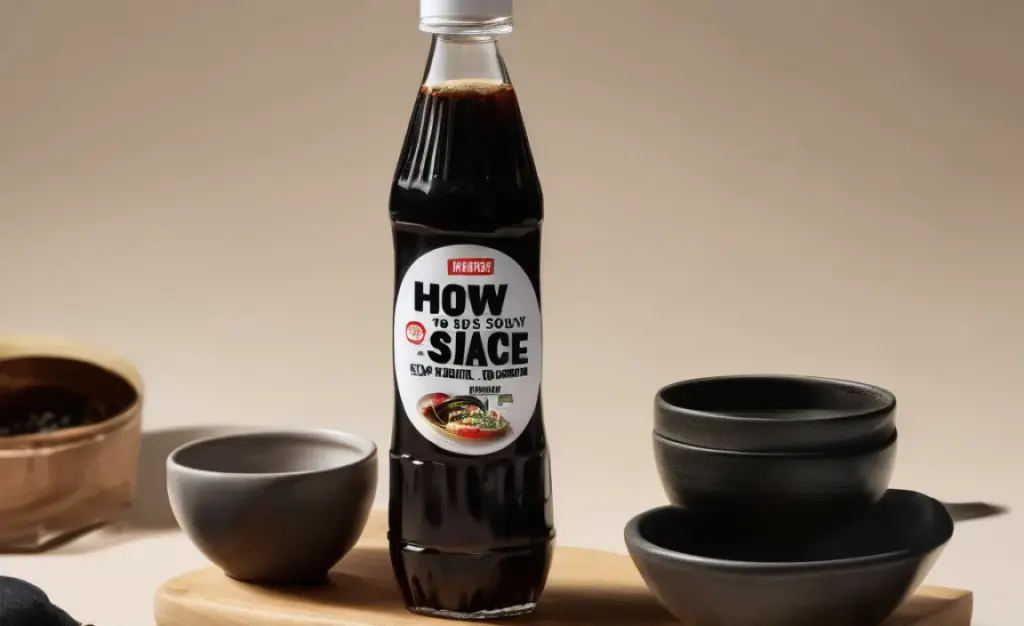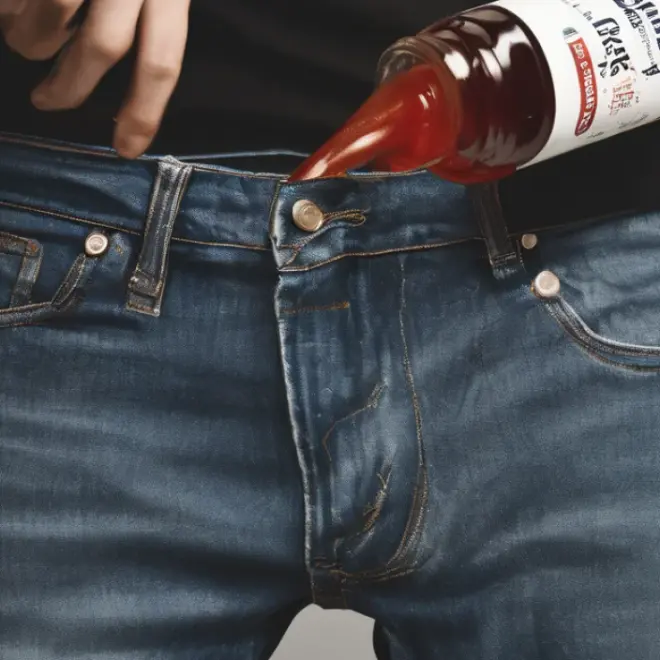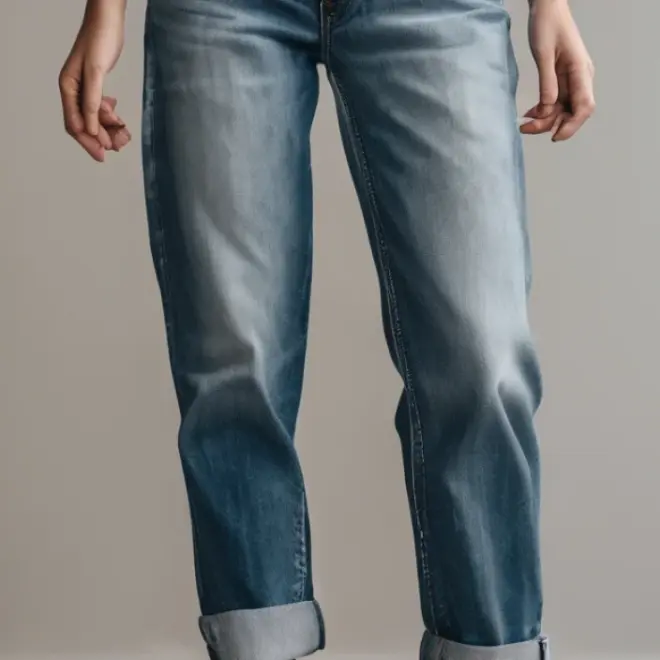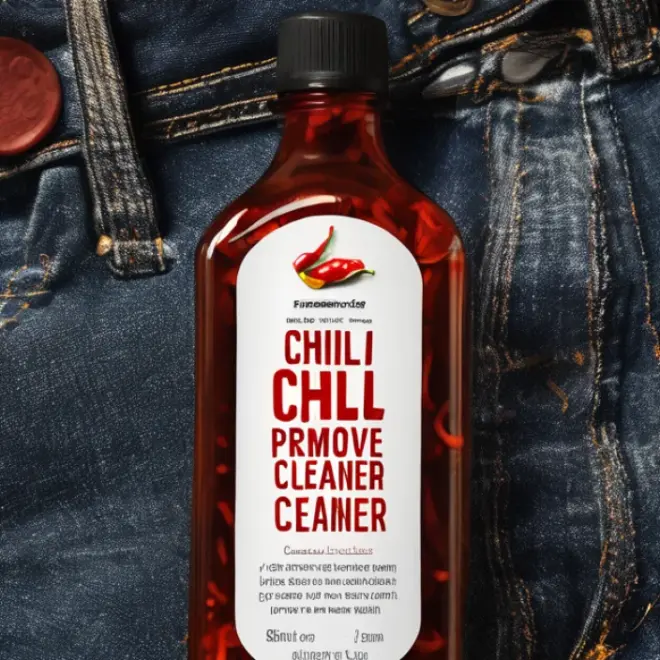To remove soy sauce from black jeans, act fast with cold water and a gentle detergent. Blot, don’t rub, and pre-treat the stain before washing. Repeat if necessary for complete removal, ensuring your favorite black denim is saved.
Black jeans are a wardrobe staple, versatile and stylish. But what happens when a splash of soy sauce lands squarely on them? It’s a common, frustrating incident that can leave you feeling helpless. The dark color of soy sauce can create a stubborn stain, especially on dark fabrics like black denim. Don’t worry! With the right approach, you can rescue your jeans and keep them looking their best. This guide provides simple, effective steps to tackle soy sauce stains, ensuring you gain confidence in handling common fabric mishaps.
Understanding the Soy Sauce Stain
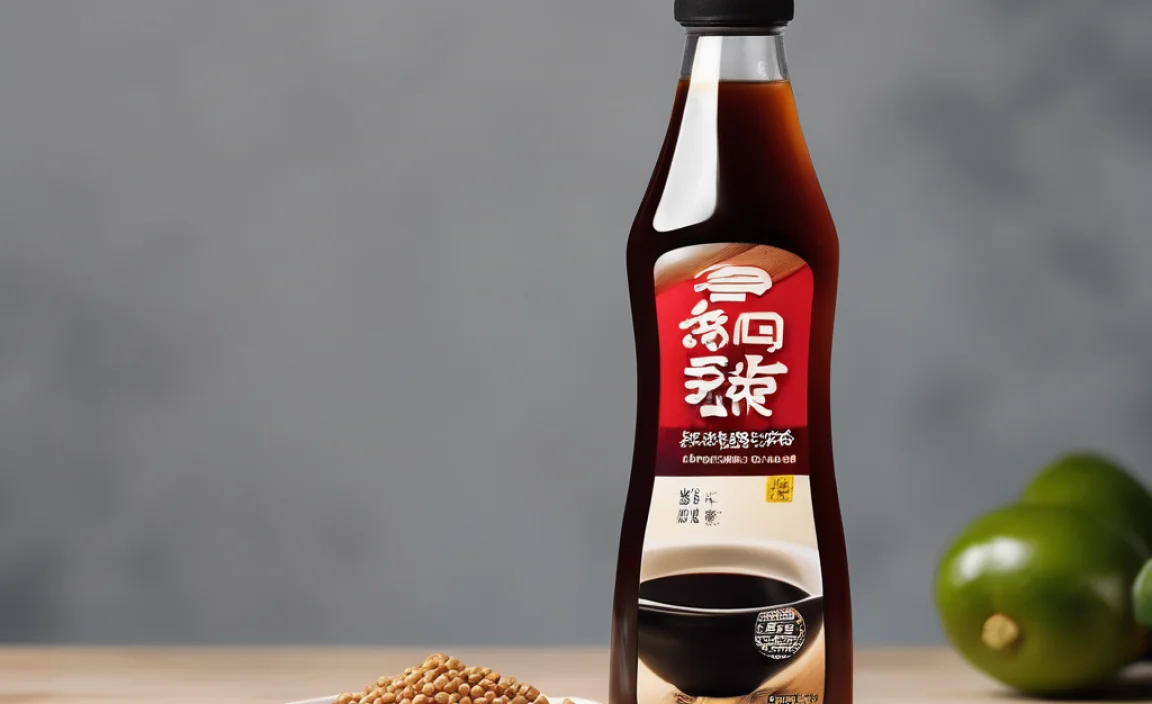
Soy sauce, a staple in many kitchens, is potent with ingredients like soybeans, salt, and wheat. These components, particularly the dark pigments and salt, can unfortunately bind tightly to fabric fibers. The longer a soy sauce stain sits, the harder it becomes to remove. The salt in soy sauce can actually “set” the stain, making it more permanent if not treated promptly. This is why immediate action is key when it comes to saving your beloved black jeans.
Why Black Jeans Are Tricky

While the dark color of black jeans might seem to hide stains, it can also make them more noticeable and harder to see if they’re fully gone. Unlike lighter fabrics where a residual shadow might be less obvious, any lingering discoloration on black jeans will stand out. Furthermore, harsh cleaning methods or products could potentially cause fading, leading to an undesirable uneven appearance on your denim. Therefore, a gentle yet effective method is crucial.
The Science of Stain Removal (Simplified!)
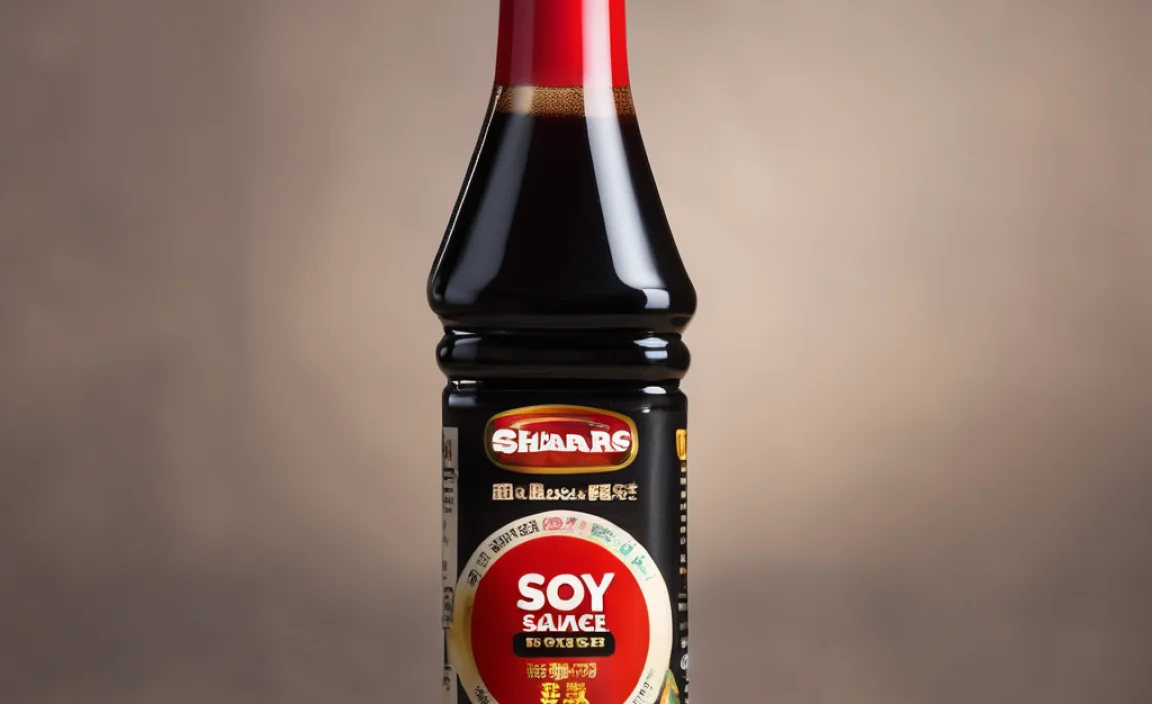
Stain removal often involves breaking down the staining substance so it can be lifted from the fabric. For soy sauce, this means using agents that can dissolve or loosen the pigments and other components. Cold water is generally recommended for protein-based stains and to prevent the stain from setting further. Detergents contain surfactants that help lift grease and grime, while some stain removers include enzymes that target specific types of stains. Understanding these basic principles helps in choosing the right tools and techniques.
Your Step-by-Step Rescue Plan
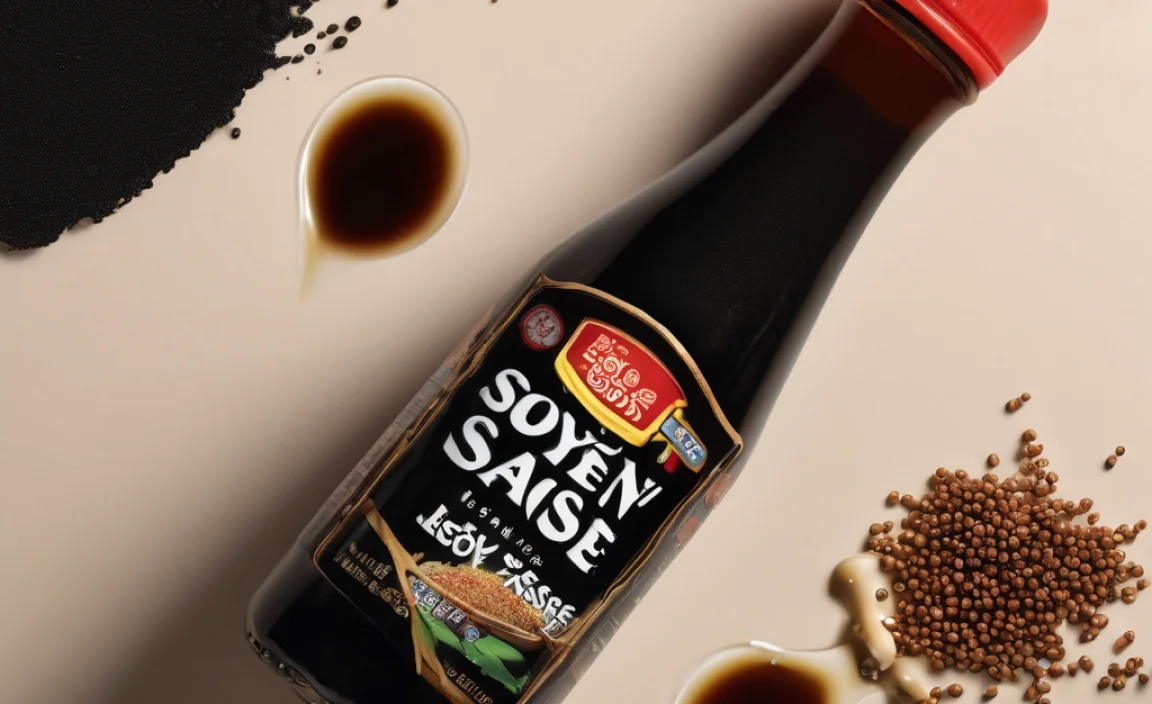
Don’t panic if you spill soy sauce on your black jeans. Here’s a proven method to tackle the stain effectively:
Step 1: Immediate Action: Blot, Don’t Rub!
The absolute first thing to do is to deal with the excess soy sauce. Grab a clean, white cloth or paper towel. Gently blot the stained area. The goal here is to absorb as much of the liquid as possible without pushing it deeper into the fabric fibers. Rubbing can spread the stain and make it larger or more ingrained. Be patient and keep blotting with fresh sections of the cloth until no more soy sauce transfers to it.
Step 2: Rinse with Cold Water
Once you’ve blotted away the excess, it’s time for a cold water rinse. Turn the jeans inside out and hold the stained area under a running faucet of cold water. The water pressure will help flush out the stain from the back of the fabric. Continue rinsing for a few minutes. Avoid using hot water, as heat can set protein-based stains like soy sauce, making them much harder to remove later.
Step 3: Pre-Treat the Stain
After rinsing, you’ll need to pre-treat the remaining stain. There are several effective options:
- Liquid Laundry Detergent: Apply a small amount of liquid laundry detergent directly to the stained area. Gently rub it into the fabric with your fingers or a soft brush. Let it sit for about 5-10 minutes.
- Stain Remover Spray/Gel: Choose a laundry stain remover specifically designed for tough stains. Follow the product instructions, typically applying it directly to the stain and letting it work for a specified period. Look for ones that are safe for dark colors.
- Dish Soap (for Grease): If the soy sauce had an oily component, a drop or two of mild dish soap can help break down grease. Apply, gently work it in, and let it sit.
- White Vinegar (Mild Action): For a more natural approach, mix equal parts white vinegar and cold water. Apply this solution to the stain and let it sit for 10-15 minutes before rinsing. Vinegar can help break down the pigments.
Ensure you cover the entire stained area thoroughly. You can test your chosen pre-treatment on an inconspicuous spot of the jeans first to ensure it doesn’t affect the color.
Step 4: Wash as Usual (But Check First!)
After pre-treating, it’s time to wash the jeans. Check the care label on your black jeans to ensure you’re following washing instructions, especially regarding water temperature and cycle.
For soy sauce stains, it’s best to wash them in cold water on a regular cycle. You can use your regular laundry detergent. If you’re concerned about fading, you might consider using a detergent formulated for dark colors.
Important: Before putting the jeans in the dryer, check the stained area thoroughly. If any trace of the stain remains, do NOT put them in the dryer. The heat from the dryer will permanently set the stain, making it virtually impossible to remove.
Step 5: Repeat if Necessary
If the stain is still visible after the first wash, repeat the pre-treatment and washing process. Sometimes, stubborn stains require more than one attempt. You might try a different pre-treatment method for the second attempt if the first one didn’t yield complete results.
Step 6: Air Dry to Be Sure
Once you believe the stain is completely gone (or if you’re still unsure), it’s safest to air dry your black jeans. Hang them up or lay them flat to dry. Once they are completely dry, examine the area in good light. If the stain is truly gone, you can then machine dry them according to the care label. If, after air drying, you still see a mark, you can try another round of treatment.
Essential Tools for Soy Sauce Stain Removal
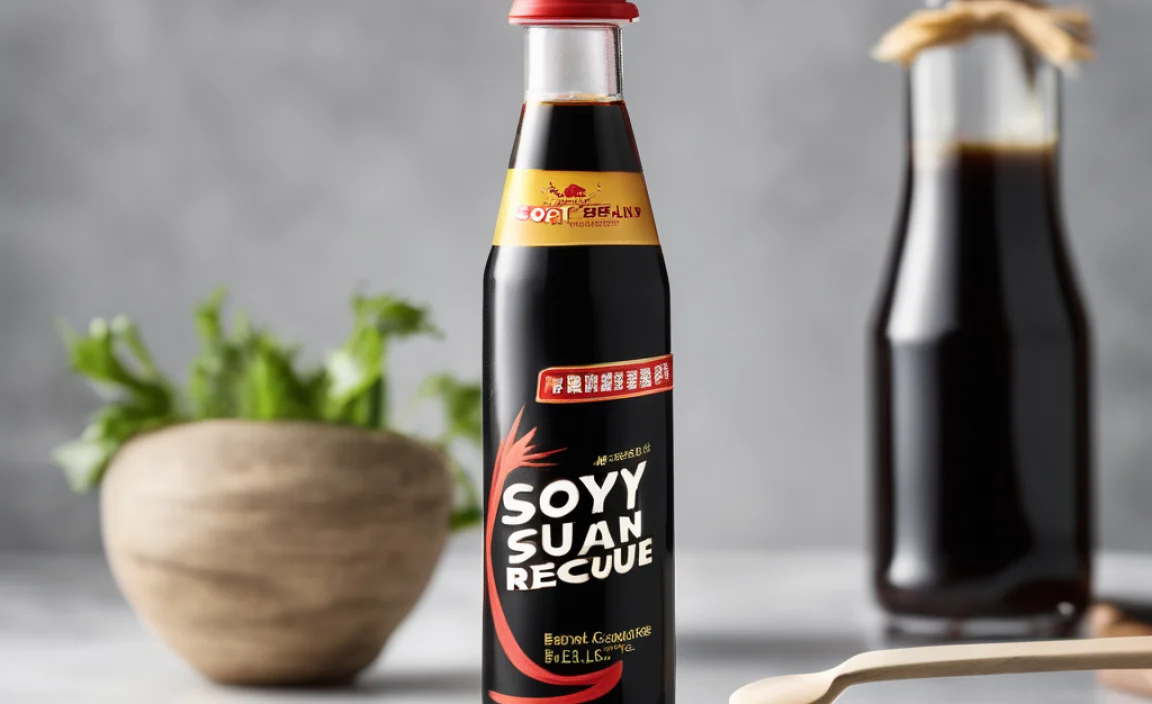
Having these items on hand can make the process much smoother:
- Clean white cloths or paper towels
- Cold water
- Liquid laundry detergent (preferably for dark colors)
- Fabric stain remover spray or gel (safe for dark denim)
- Mild dish soap (optional)
- White vinegar (optional)
- Soft-bristled brush (an old toothbrush works well)
- Washing machine
- Drying rack or clothesline
When to Call in Professional Help
While most soy sauce stains can be handled at home, there might be rare occasions where professional help is needed. If your jeans are made of a delicate fabric that cannot withstand even gentle home treatment, or if the stain has been there for an extended period and appears deeply set, a professional dry cleaner might have specialized methods. However, for standard cotton denim, the steps outlined above should be highly effective.
Preventing Future Stains
Prevention is always better than cure. While accidents happen, here are a few tips to minimize the risk of soy sauce stains on your black jeans:
- Be mindful during meals: Pay attention when using soy sauce, especially at restaurants or when eating foods that are heavily sauced.
- Use a napkin: Keep a napkin on your lap, particularly when wearing lighter-colored clothing, but it can also help catch drips on darker jeans.
- Decant or use sparingly: If you’re cooking with soy sauce, consider pouring it into a small dish rather than directly from the bottle, or use a spoon to control the amount.
- Pre-treat potential problem areas: Some people find success using a fabric protector spray on their jeans, which can make it harder for liquids to penetrate the fibers.
Understanding Fabric Care Labels
Always refer to the care label inside your jeans. This small tag contains crucial information about how to wash and care for your specific garment. It will indicate the recommended water temperature, washing cycle (e.g., normal, permanent press), and whether it can be machine dried or needs to be air-dried. Following these guidelines is essential for maintaining the integrity and color of your black jeans.
For an authoritative guide on understanding fabric care symbols, you can consult resources from organizations like the Federal Trade Commission (FTC) in the United States, which outlines labeling requirements for textiles.
Alternative Treatments Explored
While the detergent and stain remover method is highly effective, let’s explore a few other common household items that people sometimes use, along with their pros and cons:
| Treatment Method | How It Works | Pros | Cons |
|---|---|---|---|
| Baking Soda Paste | Baking soda is a gentle abrasive and can absorb odors. Mixed with water, it forms a paste that can lift stains. | Readily available, natural, can help with some absorption. Safe for most fabrics in moderation. |
May not be strong enough for set-in stains. Can leave a powdery residue if not rinsed thoroughly. |
| Hydrogen Peroxide (3%) | A mild bleaching agent that can break down colored compounds. | Effective on many organic stains. Readily available. | Risky on black fabric! Can cause significant fading or discoloration. Always test in an inconspicuous area and dilute heavily. Not recommended for frequent use on dark denim. |
| Club Soda | The carbonation is sometimes thought to help lift stains. | Gentle, readily available, can be used immediately on some fresh spills. | Generally considered less effective than detergents or specialized stain removers for tough stains like soy sauce. More of a mild, immediate response. |
For black jeans, it’s always best to err on the side of caution. Sticking to cold water, a good quality laundry detergent, and a fabric-safe stain remover is the most reliable path to success without risking damage to your denim.
The Role of Enzymes in Stain Removal
Many modern laundry detergents and stain removers contain enzymes. These are biological molecules that act as catalysts to break down specific types of stains. For instance:
- Protease enzymes: Break down protein-based stains (like blood or grass).
- Amylase enzymes: Break down starch-based stains (like gravy or cornstarch).
- Lipase enzymes: Break down grease and oil-based stains.
- Mannanase enzymes: Target thickeners found in some food products.
While soy sauce isn’t a primary target for a single enzyme type, the complex mix of components means that detergents with a combination of enzymes can be very effective at breaking down the stain molecules, making them easier to wash away. When choosing a stain remover, look for formulations that mention “multi-enzyme action” or are advertised for tough food stains.
FAQs: Your Soy Sauce Stain Questions Answered
Q1: How quickly do I need to treat a soy sauce stain?
A1: As quickly as possible! The fresh the stain, the easier it is to remove. Immediate blotting and rinsing with cold water are your best first steps.
Q2: Can I use hot water to remove soy sauce?
A2: No, avoid hot water. Heat can set soy sauce stains into the fabric, making them much harder to lift later. Always use cold water.
Q3: Will a standard laundry detergent work on soy sauce?
A3: Yes, a good quality liquid laundry detergent is a great option for pre-treating and washing. Using one with enzymes can be particularly effective.
Q4: Is there any risk of fading my black jeans?
A4: There’s always a slight risk of fading with any stain removal process, especially if you use very strong chemicals or rub aggressively. Always use gentle methods, test any product on an inconspicuous area, and wash in cold water. Using detergents designed for dark colors can help maintain vibrancy.
Q5: What if the stain comes back after washing and drying?
A5: If you notice a ghost of the stain after the first wash, do not dry the jeans in a machine. Repeat the pre-treatment and washing steps. Air drying until you are certain the stain is gone is the safest bet.
Q6: Can I use bleach on my black jeans?
A6: It’s strongly advised against using chlorine bleach on black jeans. Chlorine bleach will likely cause significant discoloration and permanent damage to the color. If you need a whitening agent for other garments and want to be sure your black jeans are safe, wash them separately or use a bleach alternative if recommended for dark fabrics.
Q7: What should I do if I don’t have laundry detergent or stain remover right away?
A7: In a pinch, rinsing thoroughly with cold water and then blotting with a mix of equal parts white vinegar and water can offer some initial stain-lifting power. However, follow up with a proper detergent wash as soon as possible.
Conclusion: Your Black Jeans Are Safe!
Spilling soy sauce on your favorite black jeans doesn’t have to be a disaster. By acting quickly and following these straightforward steps, you can effectively remove the stain and restore your denim. Remember the key principles: immediate blotting with a clean cloth, rinsing with cold water, pre-treating the stain with a suitable detergent or stain remover, and washing in cold water. Always check the jeans before machine drying to avoid setting any lingering marks. With a little care and the right approach, your black jeans can be rescued, allowing you to continue enjoying them for all your styling needs. So, embrace your wardrobe with confidence, knowing you have the tools to handle common clothing mishaps.


